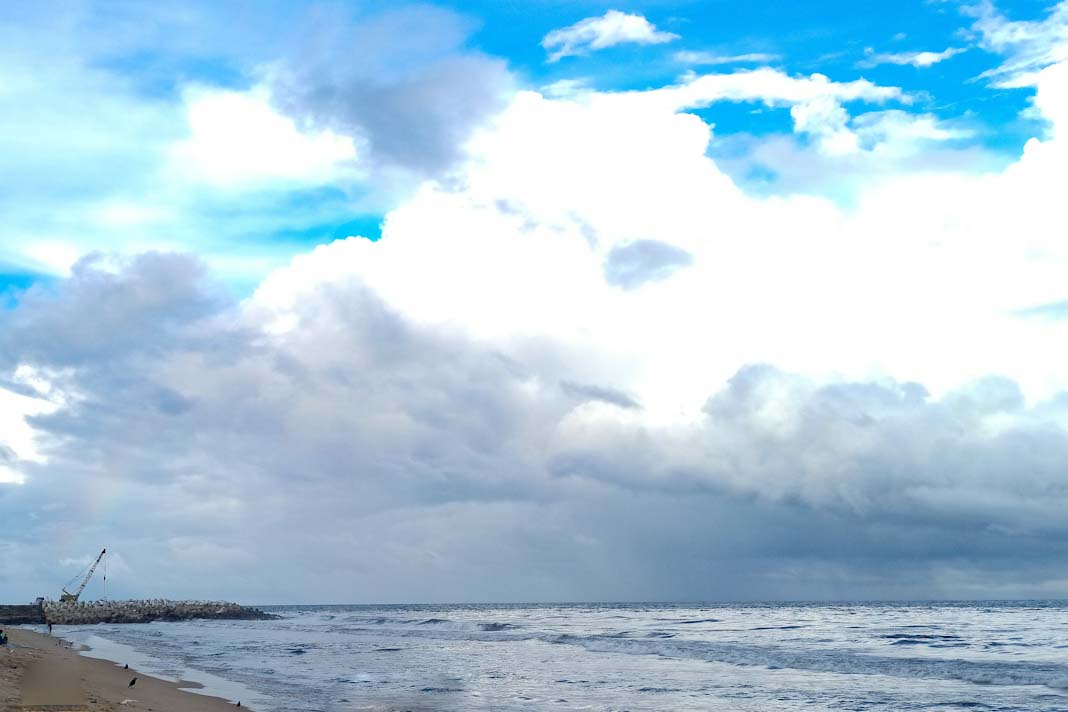
-
Cargo discrepancies arise from differences between declared and delivered cargo.
-
Causes of shortage claims include cargo count errors, draft measurements, ballast miscalculations, and theft.
-
Shortage claims typically occur when discrepancies exceed acceptable margins (0.5% to 1%).
-
Mitigation involves maintaining detailed cargo records and monitoring crew activities during loading and discharge.
The American P&I Club has issued guidance aimed at raising awareness of the challenges and risks associated with dry cargo shortage claims and offering strategies for their prevention and mitigation. This guidance emphasizes the risks related to the transportation of dry bulk and bagged cargoes, particularly regarding discrepancies between the cargo declared at the loading port and what is delivered at the discharge port. These disputes can arise from various factors, some of which are preventable, while others are more difficult to manage. Notably, such disputes are more prevalent in certain jurisdictions, despite the best efforts of shipowners and their crews to avoid them, according to safety4sea.
Hazards and Types of Damage Associated with Dry Cargo Shortages
The primary focus of this guidance concerns the period from the moment the cargo’s weight or volume is determined by the vessel owner at the loading port until it is discharged into the hands of the cargo receivers at the discharge port. Depending on the applicable law or contractual terms, the period of responsibility for the vessel owner may vary, ranging from “tackle to tackle” (as per the Hague Rules or U.S. Carriage of Goods by Sea Act (COGSA)) to extended periods before loading and after discharge (under specific bill of lading clauses).
During this period, shipowners and/or charterers are exposed to various risks and contributing factors, such as inadequate crew training, that may result in short-landed cargo claims.
Grounds for Dry Cargo Shortage Claims
Shortage claims typically arise from discrepancies between the cargo recorded as loaded, as stated on the bill of lading (B/L), and the cargo that is actually unloaded. These discrepancies can result from several causes, including:
-
Discrepancies in the number of cargo units tallied when being loaded aboard the vessel.
-
Variations in the vessel’s draft measurements during and after loading.
-
Errors in calculating the remaining ballast and bilge water onboard which may lead to an overestimation of the cargo loaded.
-
Excessive water is absorbed with the cargo, which is discharged or evaporates during transit.
-
Incorrect calculations of liquid cargoes’ temperature and density.
-
Miscalculations of the vessel’s constant.
-
Loss of cargo during discharge due to mishandling, theft, or pilferage.
-
Manipulated or poorly calibrated shore scales.
Shortage claims occur when discrepancies exceed an acceptable margin of error between the cargo recorded at loading and the cargo discharged. Trade allowances, typically between 0.5% and 1% of the cargo amount stated on the B/L, may account for minor measurement differences. However, if discrepancies surpass this threshold, a cargo claim can be made.
Mitigation Measures to Avoid Shortage Claims
The American P&I Club offers a series of mitigation measures to help avoid shortage claims. One of the key strategies involves ensuring that the crew adheres to best practices in maintaining detailed and accurate cargo records at each stage of the voyage. This includes documenting cargo conditions and quantities through cargo record books, photographs, videos, and other relevant documents. All records should be retained on board for at least one year after the cargo has been delivered—or should have been delivered—to the consignees.
Additionally, the Master should consider stationing crew members at critical points during cargo loading and discharge to monitor stevedore activities. This will help prevent issues such as theft or pilferage. Crew members should be stationed at the embarkation and disembarkation points for stevedores and surveyors, above each cargo hold during operations, and at any other key locations where cargo is being handled or where non-crew personnel may access the vessel.
By implementing these measures, the likelihood of dry cargo shortage claims can be significantly reduced.
Did you subscribe to our daily Newsletter?
It’s Free Click here to Subscribe!
Source: safety4sea
















